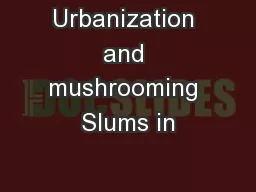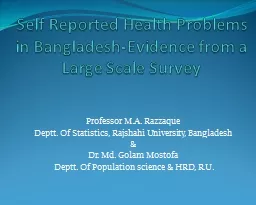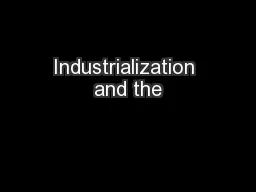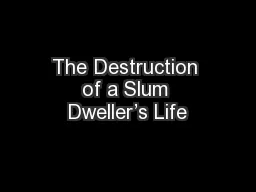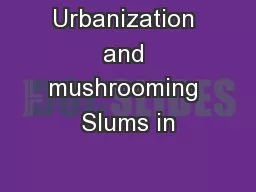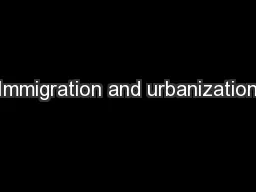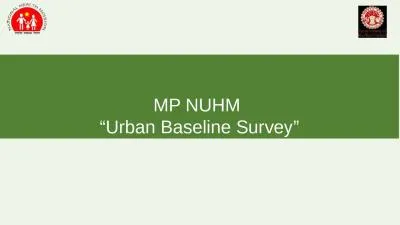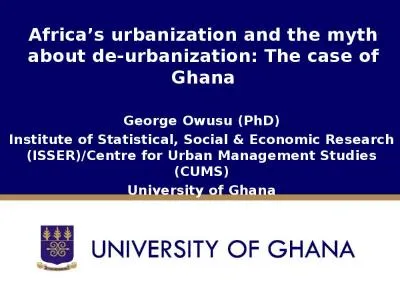PPT-Urbanization and mushrooming Slums in
Author : conchita-marotz | Published Date : 2018-02-16
Paksitan Population 170 million Number of people in slums 266 million Percentage of urban population in slums 48 Partner organisation Orangi Pilot Project OPP Pakistan
Presentation Embed Code
Download Presentation
Download Presentation The PPT/PDF document "Urbanization and mushrooming Slums in" is the property of its rightful owner. Permission is granted to download and print the materials on this website for personal, non-commercial use only, and to display it on your personal computer provided you do not modify the materials and that you retain all copyright notices contained in the materials. By downloading content from our website, you accept the terms of this agreement.
Urbanization and mushrooming Slums in: Transcript
Download Rules Of Document
"Urbanization and mushrooming Slums in"The content belongs to its owner. You may download and print it for personal use, without modification, and keep all copyright notices. By downloading, you agree to these terms.
Related Documents

